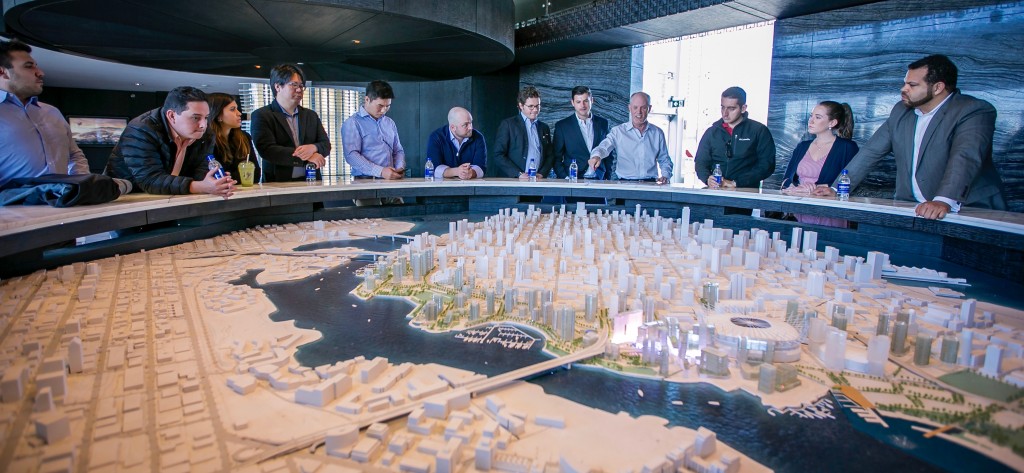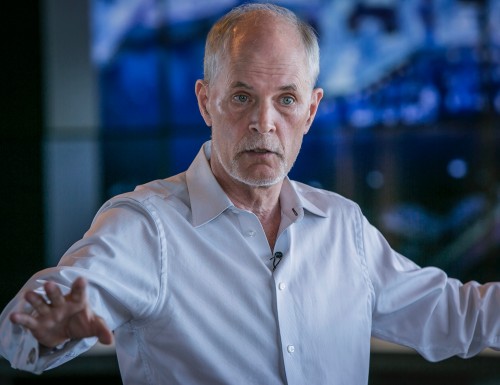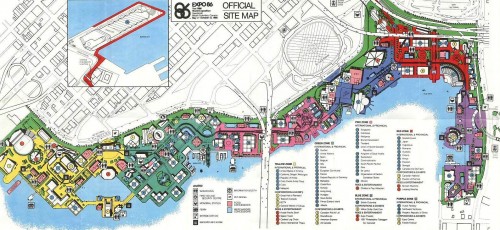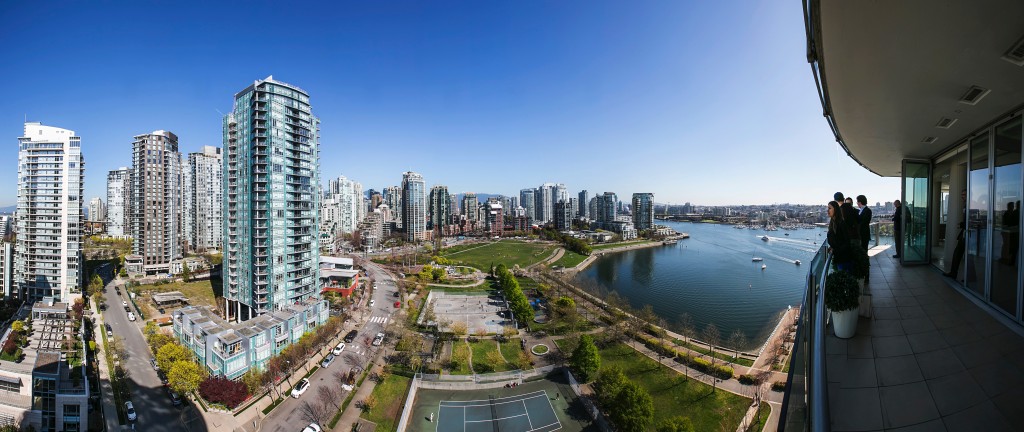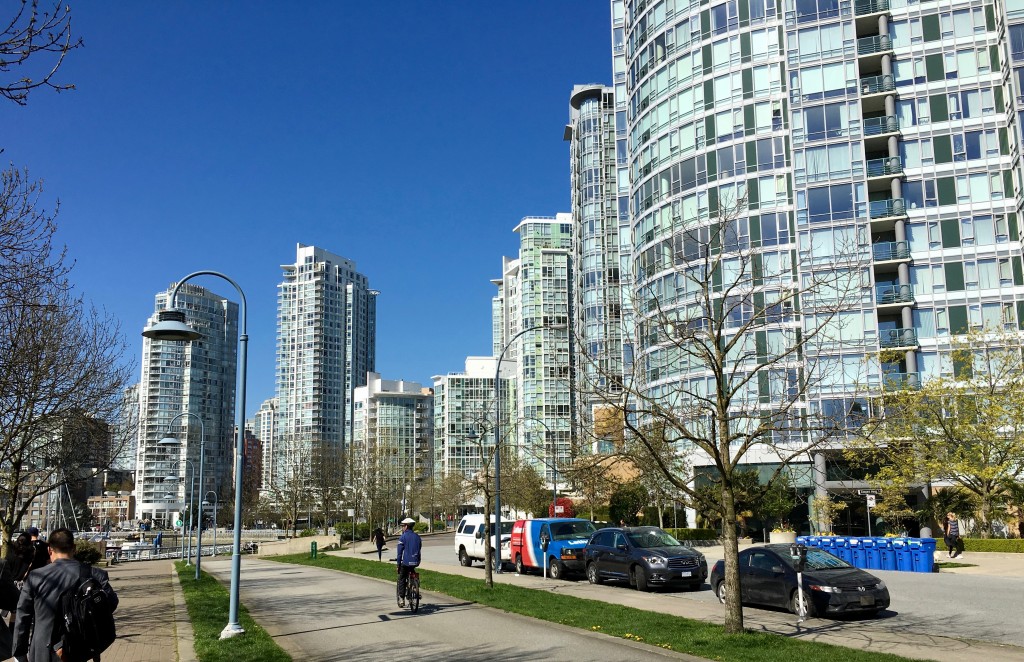
“Why is Vancouver here?”
Six-term Vancouver City Council Member Gordon Price queries the group of assembled Baker Real Estate students. The group pauses, then a few hands raise.
“Forestry?”
“Fishing?”
“Shipping?” Bingo.
Price perks up: “What does Vancouver have?”
A natural deep water port.
One of only a handful along the entire west coast of the Americas. The City of Vancouver was built on trade, primarily with Asia. It is a City founded on the most enduring human activity: exchange. We exchange all sorts of things: commodities, consumer products, ideas, DNA. We’re a social, interconnected species, and Vancouver has served as an international cross-roads since millworkers cut and shipped wooden beams for the gates of the Forbidden City in Beijing in the late 1800s.
Vancouver’s modern development cannot be adequately described without the former Expo 86 site. Its 204 acres sitting along the northern bank of the False Creek Inlet in the heart of Vancouver represented one of the greatest redevelopment opportunities of any large city. Prior to Expo 86, the site was home to Canadian Pacific Railway tracks and various industrial uses, but in preparation for Expo 86, the site was cleared and acquired for the more than 70 pavilions and 43,000 events that would compose the World Fair. It was a resounding success, bringing-in over 20 million visitors that included various foreign dignitaries, celebrities, and entertainers, and it put Vancouver on the map of modern, international cities. But what to do with the land afterwards?
This was the question posed by the City, as it pondered the possibilities of such a crucial site along the waterfront. What should the zoning be, and who should take this on? Vancouver had a wave of density throughout the 1960s and 1970s as developers built point towers in the midst of re-zoned residential neighborhoods on the west end of the City, but the density proved too unpopular over time, and a resident backlash reversed the trend. Although with a growing population, and a difficult site to redevelop, density would be a necessity.
In addition, there were immense difficulties in securing sales to multiple individual developers for portions of the site: how would each be zoned, and how could the site be developed into one cohesive and connected area with the appropriate public amenities? The answer was one developer: Concord Pacific. Although controversial at the time due to its majority foreign ownership (Li Ka-Shing of Hong Kong), Concord became the ideal partner for the City due to its long-term commitment (going-on nearly 30 years), engagement with the City and its residents, and for their buy-in on the preferred development plan from the City. Concord had also been one of the primary developers for the Expo 86 construction, so the firm was already intimately familiar with the land. The results are remarkable, and have since become a sort of benchmark for successful urban planning.
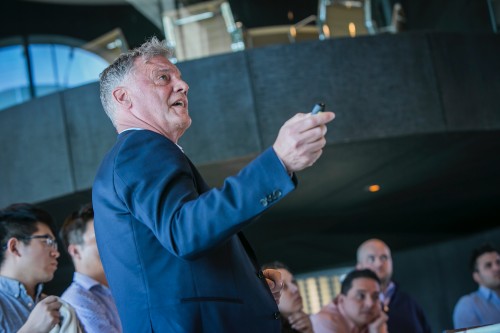 Concord’s SVP of Development Peter Webb took students through each phase of the development, from the early days of David Lam Park, to the Parkview, Kings Landing, and The Erickson, the only building designed by, and bearing the name of the world famous Canadian architect Arthur Erickson. With just two final phases to complete along the eastern portions of the site, Concord will have developed about 15,000 units throughout 50 buildings on the 204 acres, in addition to parks, seawall construction, public pathways, community centers, schools, and various other public amenities. With pre-sales still closing-out in a matter of weeks (and sometimes days), Concord’s development success looks to continue for quite some time. The firm has expanded well-beyond Vancouver and into cities across Canada- even the UK. It has completed over 100 large residential and mixed-use projects, and has about 50 projects in various stages of planning and development.
Concord’s SVP of Development Peter Webb took students through each phase of the development, from the early days of David Lam Park, to the Parkview, Kings Landing, and The Erickson, the only building designed by, and bearing the name of the world famous Canadian architect Arthur Erickson. With just two final phases to complete along the eastern portions of the site, Concord will have developed about 15,000 units throughout 50 buildings on the 204 acres, in addition to parks, seawall construction, public pathways, community centers, schools, and various other public amenities. With pre-sales still closing-out in a matter of weeks (and sometimes days), Concord’s development success looks to continue for quite some time. The firm has expanded well-beyond Vancouver and into cities across Canada- even the UK. It has completed over 100 large residential and mixed-use projects, and has about 50 projects in various stages of planning and development.
